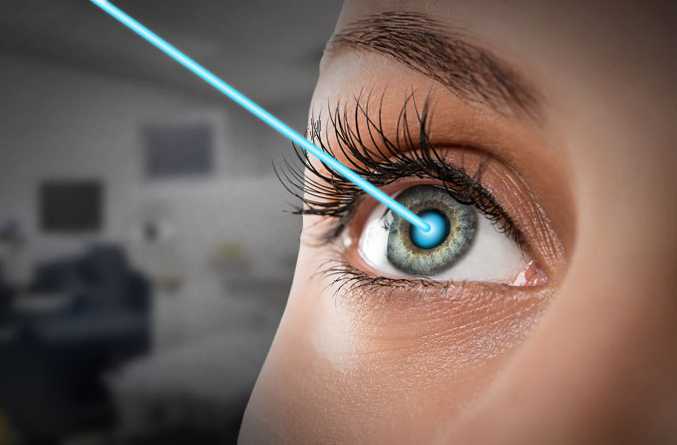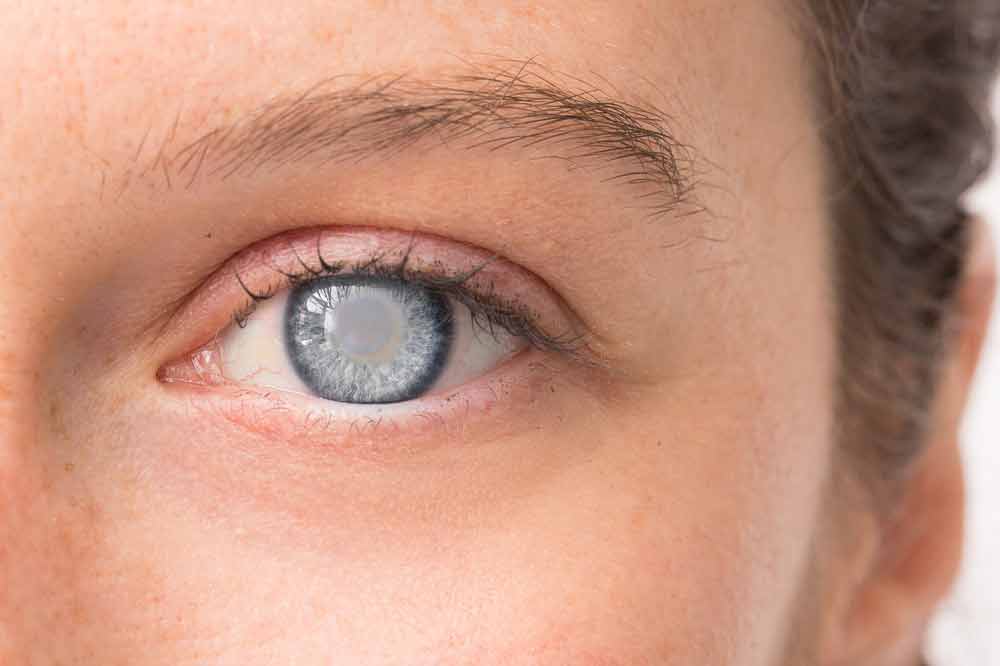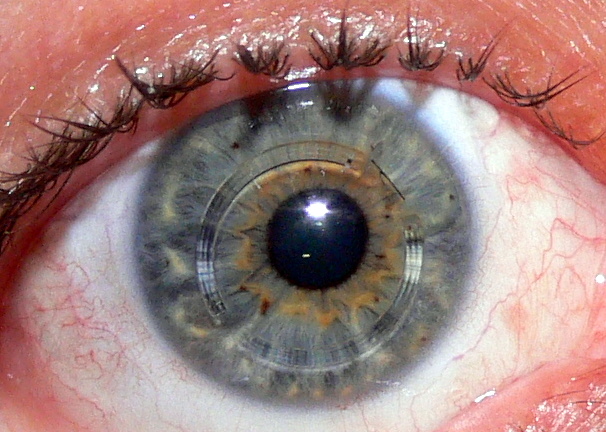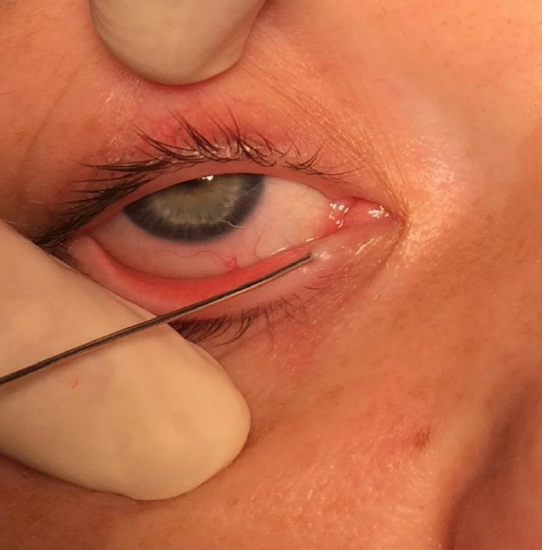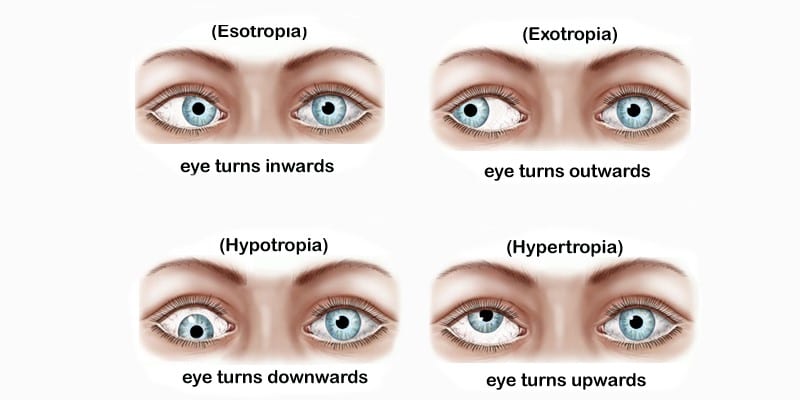Like other types of laser refractive surgery, the LASIK procedure reshapes the front surface (cornea) of the eye to enable light entering the eye to focus on the retina without glasses or contact lenses. LASIK typically is pain-free and requires only about 15 minutes to treat both eyes.
LASIK or Lasik, commonly referred to as laser eye surgery or laser vision correction, is a type of refractive surgery for the correction of myopia, hyperopia, and astigmatism.
LASIK and LASEK are forms of corrective refractive eye surgeries, and both reshape corneas permanently. The main difference between them is that with LASIK, a corneal flap is created and replaced, and with LASEK, the top layer of the cornea is loosened, moved, and reattached.
Cataract surgery, also called lens replacement surgery, is the removal of the natural lens of the eye that has developed an opacification, which is referred to as a cataract, and its replacement with an intraocular lens.
Cataract surgery is a procedure to remove the lens of your eye and, in most cases, replace it with an artificial lens. Normally, the lens of your eye is clear. A cataract causes the lens to become cloudy, which eventually affects your vision.
How should I sleep after cataract surgery
Wear your protective eye covering while you sleep and avoid sleeping on the side that has been operated on. Rub your eye or get anything in your eye, even water, which can increase the chance of infection. Swim or use a hot tub, for at least 2 weeks. Drive for 24 hours after surgery.
What is cornea operation
A cornea transplant (keratoplasty) is a surgical procedure to replace part of your cornea with corneal tissue from a donor. Your cornea is the transparent, dome-shaped surface of your eye that accounts for a large part of your eye's focusing power.
Corneal transplantation
DescriptionCorneal transplantation, also known as corneal grafting, is a surgical procedure where a damaged or diseased cornea is replaced by donated corneal tissue. When the entire cornea is replaced it is known as penetrating keratoplasty and when only part of the cornea is replaced it is known as lamellar keratoplasty.
Surgical intervention by dacryocystorhinostomy (DCR) is the mainstay treatment for epiphora resulting from nasolacrimal duct obstruction. The goal of this surgery is to reestablish lacrimal outflow by creating a bypass into the nasal cavity.
What is a DCR operation
A DCR is a type of surgery that is used to treat blocked tear ducts in adults. It creates a new passageway between the tear duct sac and the nose, bypassing the blockage and allowing tears to drain normally again.
Occasionally, surgery is done to improve an abnormal position of the head. Squint surgery is a very common eye operation. It usually involves tightening or moving one or more of the outside eye muscles which move the eye to change the eye position. ... The eye is never taken out of the socket during surgery.
Like many other ophthalmic procedures, strabismus surgery is very safe and effective, but complications can occur and need to be diagnosed and treated early to optimize post-operative outcome.
As eye drops it is used to treat increased pressure inside the eye such as in ocular hypertension and glaucoma. By mouth it is used for high blood pressure, chest pain due to insufficient ... Other side effects include masking the symptoms of low blood sugar in those ...
Can Diabetic Retinopathy Be Cured? Unfortunately, there is no known cure for diabetic retinopathy. The damage caused by blood vessel growth, leakage, and oxygen deprivation is permanent. However, there are some treatments that can help prevent further damage or slow the progression of symptoms



